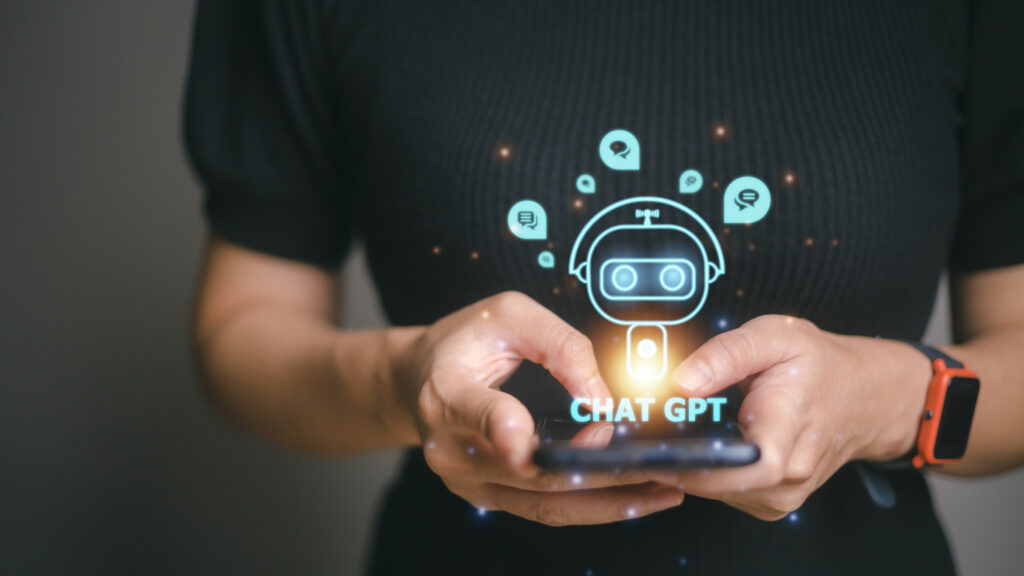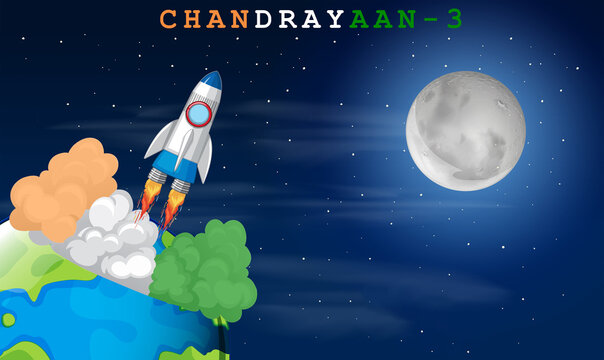Introduction:
In the ever-evolving landscape of artificial intelligence, ChatGPT has emerged as a groundbreaking model, reshaping the way we interact with technology. Developed by OpenAI, ChatGPT is the latest iteration in the line of Generative Pre-trained Transformers (GPT) models, boasting unparalleled capabilities in natural language understanding and generation. This article explores the nuances of ChatGPT, delving into its architecture, applications, and the potential it holds for the future of conversational AI.

Understanding the Architecture:
ChatGPT is built upon the GPT-3.5 architecture, a variant of the GPT-3 model. GPT-3, short for Generative Pre-trained Transformer 3, is a deep learning model that utilizes a transformer-based architecture. Transformers have revolutionized natural language processing tasks by enabling models to capture long-range dependencies and relationships within sequences of data.
The architecture of ChatGPT is characterized by its massive scale, comprising 175 billion parameters, which are the internal variables the model uses to make predictions. This extensive parameter count contributes to the model’s remarkable ability to understand and generate human-like text across a diverse range of topics and contexts.
Applications of ChatGPT:
- Conversational Interfaces: ChatGPT has found applications in developing advanced conversational interfaces, powering chatbots, virtual assistants, and other interactive systems. Its ability to generate contextually relevant responses makes it a valuable tool for creating more natural and engaging user experiences.
- Content Generation: Content creators and writers have harnessed ChatGPT’s capabilities for brainstorming ideas, generating creative content, and even drafting articles. The model’s proficiency in understanding and mimicking human language aids in streamlining the content creation process.
- Programming Assistance: ChatGPT has been employed to assist developers by providing code snippets and explanations for programming queries. Its broad knowledge base enables it to handle a variety of programming languages and address a range of coding challenges.
- Educational Support: In the realm of education, ChatGPT has been utilized to provide personalized learning experiences. It can answer questions, explain concepts, and engage in discussions on a wide array of academic subjects, supplementing traditional educational methods.
Challenges and Limitations:
While ChatGPT showcases remarkable capabilities, it is not without its challenges and limitations. One prominent concern is the model’s potential to generate biased or inappropriate content. OpenAI has implemented safety mitigations, including a moderation system, to address these issues. However, refining and ensuring ethical usage remains an ongoing priority.
Another limitation lies in the model’s occasional generation of responses that may sound plausible but are factually incorrect. This highlights the importance of critical evaluation when relying on ChatGPT for informational accuracy.
OpenAI’s Commitment to Ethical AI:
OpenAI, the organization behind ChatGPT, is dedicated to ensuring responsible and ethical deployment of AI technologies. The model is designed with safety features to minimize harmful outputs, and OpenAI actively seeks user feedback to improve and address any shortcomings. OpenAI’s commitment to openness is evident in its collaboration with the research community and the release of models like ChatGPT to the public.
The Future of Conversational AI:
ChatGPT represents a significant leap forward in the field of conversational AI, but it is just the beginning. As technology advances, future iterations of models like ChatGPT are likely to become even more sophisticated, addressing current limitations and unlocking new possibilities.
Enhancements in multi-modal capabilities, allowing the model to understand and generate not only text but also images and other forms of data, could further enrich the user experience. The continuous integration of user feedback and advancements in training methodologies will contribute to refining the model’s performance and expanding its range of applications.
Conclusion:
In conclusion, ChatGPT stands as a testament to the rapid progress of artificial intelligence, particularly in the realm of natural language understanding and generation. Its versatile applications across various domains highlight its potential to reshape how we interact with technology and leverage AI for creative, educational, and practical purposes.
While challenges and limitations persist, OpenAI’s commitment to safety and ethical AI development positions ChatGPT as a valuable tool with vast potential. As the field continues to evolve, the collaborative efforts of researchers, developers, and users will play a pivotal role in shaping the future of conversational AI and its impact on our daily lives.
Can we use ChatGPT for free?



